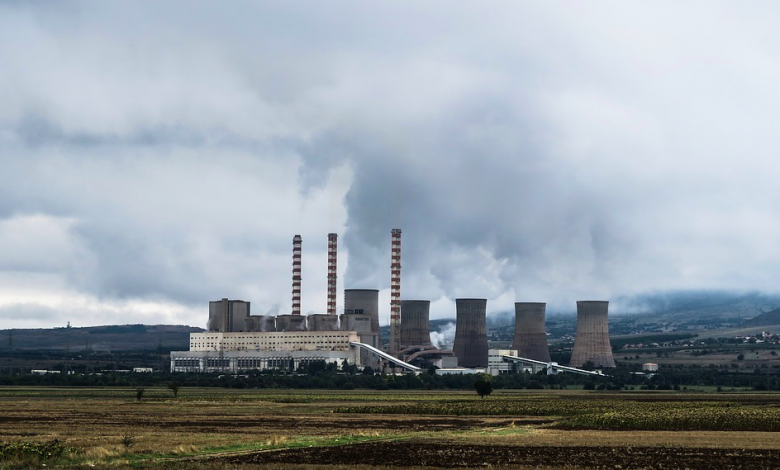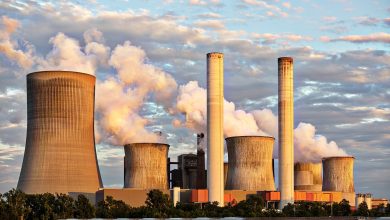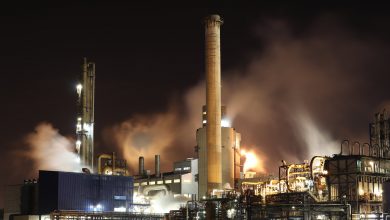Fossil Fuels Still Defeat Renewable Energy Alternatives

Fossil fuels have been used as a primary source of energy for centuries. In fact, anywhere from 70 to 80 percent of all energy used in the world comes directly from oil and gas products. Aside from electricity alone, fossil fuels are used for heating, production, transportation, and almost every physical item that humans utilize daily.
In light of the current rise of the renewable energy industry, on the other hand, the masses are being drawn toward natural alternatives and away from traditional fossil fuels in efforts to stop climate issues. For several years, there has been a massive following behind the idea of a world that runs on renewable energy only.
Several countries involved in the movement have transitioned into running on natural energy sources partially or fully. Almost 100 percent of Iceland’s electricity comes from water power, while Sweden and Costa Rica are not far behind, relying on the wind and sun for most of their energy.
While the idea of using wind and solar power exclusively might sound like a plausible scenario, the harsh reality is that a world without fossil fuels is one that would be much less than desirable.
With the evidence of success being placed in front of us, it is logical to question the fact that such large areas of land can be powered without fossil fuels, but the rest of the world would somehow be unable to follow in their footsteps. However, it should be highlighted that renewable energy is not necessarily the solution to the problems that our planet is faced with.
Challenges Of Renewable Energy Satisfying Global Demand
Before the reasoning of this theory can be explained, it is important to understand the concept of energy demand in the world, as well as how these statistics are expected to change exponentially in the near future.
Trends have shown that there will be a 50 percent jump in global energy consumption throughout the 25 year period that began in 2005, going forward to the year 2030.
Due to the rapid increase in population, along with the industrial development of thousands of cities across the world, these numbers will only continue to increase as time goes on. That being said, the amount of energy being produced must match the number of people who need it in these various locations.
This is where three main problems with renewable energy expansion come in: cost, scalability, and reliability.
Cost
The cost of expansion is possibly the most concerning challenge for the clean energy industry, and one of the largest reasons why a fully renewable future for the Earth is not a plausible scenario.

Take the United States, for example. An investment of almost $15 billion was recently put behind a series of wind turbine projects. Upon completion, all of these projects still only accounted for less than 5 percent of the electricity used in the entire country. With such a considerable amount of money poured into these seemingly insignificant efforts, imagine how much money it would take to power the entire world.
Scalability
In addition to the costs that are associated with building the wind turbines themselves, routine maintenance must be performed a few times a year. Regardless of how well taken care of the machines are, each structure will only last for a maximum of 25 years until it is no longer able to convert energy. This means that over two decades, the same investment required to provide the world with sustainable energy will be necessary once again.
In reference to the global demand for energy, it should be mentioned that more urban areas are being developed and more people are inhabiting them as a result. With the expansion of so many cities all around the world comes a decreased amount of space for the large energy converters that would be necessary to power them in a 100 percent renewable society.
A single wind turbine on an industrial scale, with a 2MW energy capacity, can power close to 400 homes in the area. The same wind turbine, however, will require over 1,000 feet of space between itself and any adjacent machines. Depending on the size and capacity of each turbine, they could require up to 2,000 feet of space to operate safely.
Considering the required distance, a wind farm the size of an entire country would be needed to power the entire world. Realistically, there is just not enough available space nor resources to sustain such an ambitious expansion.
Reliability
While it is certainly true that the sun and wind have the potential to provide a sustainable source of power for everyday activities, the problem with both of these resources is the obvious fact that neither of them is always present in the atmosphere.
On top of that, each wind turbine machine only can be 30 percent efficient, meaning that it will not be able to provide a steady flow of energy for up to 70 percent of the time it is operating. This rate for solar panels is even lower, coming in at just under 20 percent on average.
If entire geographical areas were to depend on these types of power exclusively, they would suffer from outages regularly. The wind and sunlight themselves will never run out, but they also can never be controlled by humans, which takes a huge toll on renewable energy’s level of reliability.
Of course, innovators in the renewable energy industry have thought about this problem and come up with the solution of storing excess power away for instances where it could not be drawn directly from the source. However, this presents an additional challenge with financials, as the cost to sustain these processes is monumental, especially when there is a discussion of the same energy being spread across millions of miles with even more added variables.
In simple terms, the weather is unpredictable, which makes renewable energy unreliable – at least when it comes to providing consistent energy for billions of people across the entire globe. Even Iceland, which is powered almost entirely by renewable energy sources, uses fossil fuels as a back up when the natural elements cannot be relied upon.
Fossil Fuels Vs Renewable Energy Alternatives
While fossil fuels are considered to be non-renewable sources of energy, the fact of the matter is that these resources are readily available and can be depended on long-term. Since the oil and gas industry has long been developed, the processes that are involved in harnessing and distributing energy have been tried and tested to perfection.
Fossil fuels are quickly catching up to renewable sources that claim to be more cost-efficient. With recent advancements in the technology that is used to extract these resources, wind turbines and solar panels are no longer pushing ahead in the race. Once collected and stored, fossil fuels will not transform into other states of matter, unlike many energy alternatives. This also contributes to cost, as the potential waste that would cost more money is eliminated in this sense.

Neither reliability nor scalability is a challenge within the fossil fuel industry. Instead, oil and gas are a practical solution to the constant global demand for energy, being that they can provide electricity consecutively: 24 hours a day and seven days a week. With consistent funding and high-profit margins, the fossil fuel business essentially feeds itself, resulting in energy projects continuously expanding across the world.
The density levels of fossil fuels, however, could be the most considerable reason why alternative energy sources will always be secondary. Along with maintaining an efficiency range from as low as 10 to under 30 percent, the reach of wind and solar power can only go so far. Bill Colton of ExxonMobil stated that one gallon of gas could charge an iPhone every day for 20 years.
If the same iPhone was charged using energy from the wind or the sun, on the other hand, the process would need to be repeated the next day to retain battery power. This example proves the point that even a small amount of fossil fuel can be stretched far beyond the capabilities of popular energy alternatives.
All political arguments aside, the most important thing that must be focused on is a steady and reliable source of energy. When other resources fall through, fossil fuels are there to supply electricity, regardless of the weather or the time of day.
While switching to renewable energy sources might seem like the answer to all of the world’s problems at a glance, it would not be a viable option in reality. Despite recent developments in their respective industries, the alternatives still cannot beat the availability and dependability that fossil fuels will continue to provide to the world for hundreds of years going forward.



